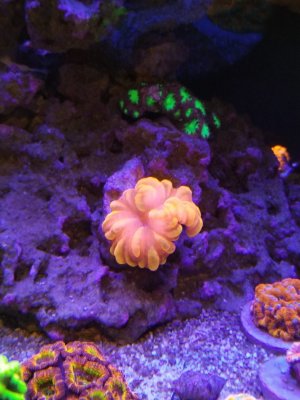revhtree
Owner Administrator
View Badges
Staff member
Super Moderator
Reef Squad
Partner Member 2024
Excellence Award
RGB
Photo of the Month
Article Contributor
R2R TV Featured
Hospitality Award
Article Administrator
Black Friday Sponsor
Partner Sponsor 2023
Industry Professional
My Aquarium Showcase
- Joined
- May 8, 2006
- Messages
- 47,938
- Reaction score
- 88,586
Ok for those of you able to measure your lighting PAR let's put a little list of your PAR levels for your corals.
Use the following list and add your info.
SPS in general =
Acropora =
Montipora =
LPS in general =
Acan Lords =
Euphyllia =
Meaty LPS (scolys, etc.) =
Soft Corals in general =
Mushrooms =
Leathers =
Zoanthids =
What else am I missing? Add anything else and I will update this post.
Maybe we can get a nice PAR average.
Use the following list and add your info.
SPS in general =
Acropora =
Montipora =
LPS in general =
Acan Lords =
Euphyllia =
Meaty LPS (scolys, etc.) =
Soft Corals in general =
Mushrooms =
Leathers =
Zoanthids =
What else am I missing? Add anything else and I will update this post.
Maybe we can get a nice PAR average.



















